Home>Dining>Tableware>How To Remove Red Wine Stains From A Tablecloth
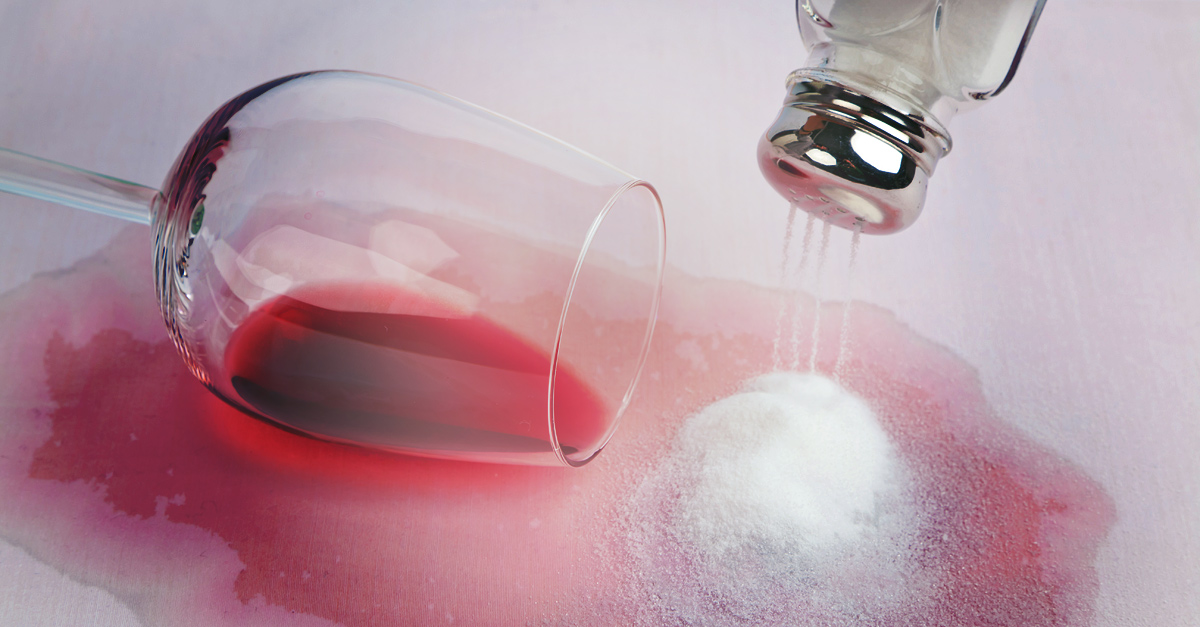

Tableware
How To Remove Red Wine Stains From A Tablecloth
Modified: February 24, 2024
Learn the effective tips and tricks for removing stubborn red wine stains from your tablecloth with proper tableware cleaning techniques.
(Many of the links in this article redirect to a specific reviewed product. Your purchase of these products through affiliate links helps to generate commission for Storables.com, at no extra cost. Learn more)
Introduction
Welcome to our comprehensive guide on how to remove red wine stains from a tablecloth! Tablecloths are a beautiful addition to any dining table, enhancing its appearance and adding a touch of elegance. However, accidents happen, and spills are inevitable, particularly when it comes to red wine.
Red wine stains can be notoriously stubborn and if not treated properly, they can leave behind unsightly marks on your tablecloth. But fear not, because in this article, we will walk you through step-by-step instructions on how to effectively remove red wine stains and restore your tablecloth to its former glory.
Before we delve into the various methods of stain removal, it’s important to understand the nature of red wine stains. Red wine contains pigments called anthocyanins, which give wine its vibrant color but can also make stains difficult to remove. The longer the stain is left untreated, the harder it becomes to completely eliminate.
The key to successfully removing red wine stains is acting quickly. The faster you attend to the stain, the higher the chances of complete removal. So, without further ado, let’s jump into the process of preparing your tablecloth for stain removal.
Key Takeaways:
- Act quickly and use gentle blotting to remove fresh red wine stains from your tablecloth. Avoid heat and follow fabric-specific stain removal methods for best results.
- Employ natural remedies like salt, club soda, and white wine to tackle red wine stains effectively. Pre-treat, launder, and prevent future stains for a flawless tablecloth.
Read more: How To Remove Stains From A Tablecloth
Understanding Red Wine Stains
Before we dive into the methods of removing red wine stains from a tablecloth, it’s crucial to understand how these stains occur and why they can be challenging to eliminate. Here’s a quick rundown of the science behind red wine stains:
Red wine contains pigments known as anthocyanins, which give it its characteristic deep color. These pigments are derived from the skins of grapes and can be quite potent when it comes to staining fabrics. When red wine comes into contact with your tablecloth, the pigments quickly seep into the fabric fibers, leaving behind a stubborn stain.
What makes red wine stains particularly tricky to remove is the presence of tannins. Tannins are natural compounds found in grape skins and are responsible for the wine’s astringency and complexity. However, they also contribute to the staining process, as they bind to the fabric fibers and create a darker, more persistent stain.
When dealing with a fresh red wine spill, it’s essential to act quickly. The longer the stain sits on the tablecloth, the more time the pigments and tannins have to penetrate and set into the fabric, making the stain more challenging to remove.
Tablecloths come in a variety of materials, such as cotton, linen, polyester, and blends. The fabric type plays a crucial role in the stain removal process, as some materials are more absorbent than others, making the stains more stubborn. Understanding the fabric of your tablecloth will help you choose the appropriate stain removal method and prevent any damage to the fabric.
With a basic understanding of how red wine stains occur and interact with different fabrics, we can now move on to preparing the tablecloth for effective stain removal. By taking the necessary steps before treating the stain, you can maximize your chances of successfully removing those pesky red wine stains.
Preparing the Tablecloth for Stain Removal
Before you begin the stain removal process, it’s important to take a few preliminary steps to ensure that you’re setting yourself up for success. By properly preparing the tablecloth, you can help loosen the stain and prevent it from spreading further. Here’s what you need to do:
- Act quickly: Time is of the essence when it comes to red wine stains. The longer the stain sits on the tablecloth, the more difficult it becomes to remove. As soon as you notice the spill, try to attend to it right away.
- Blot, don’t rub: Grab a clean cloth or paper towel and gently blot the stain. Avoid rubbing the stain, as this can push the wine further into the fabric and worsen the stain.
- Absorb excess wine: If the spill is still fresh, you can further absorb excess wine by sprinkling salt or cornstarch directly onto the stained area. These powdery substances will help draw out the wine from the fabric. Leave it on the stain for a few minutes, then gently brush off the salt or cornstarch.
- Avoid heat: When dealing with red wine stains, it’s best to avoid applying heat to the fabric. Heat can set the stain, making it even harder to remove. Therefore, refrain from using hot water or placing the tablecloth near a heat source until the stain has been completely eliminated.
- Check the care label: Different tablecloths have different care instructions, so it’s crucial to check the care label before proceeding. Some fabrics may require special treatment or be sensitive to certain cleaning agents. Follow the manufacturer’s guidelines to prevent any damage.
By following these preparation steps, you’re creating an optimal environment for successful stain removal. Once you’ve taken these initial precautions, you can move on to treating the red wine stain based on whether it is fresh or set-in. In the next sections, we’ll explore the appropriate methods for each scenario.
Removing Fresh Red Wine Stains
Acting quickly is crucial when dealing with fresh red wine stains on a tablecloth. The faster you respond, the higher the chances of completely eliminating the stain. Here’s a step-by-step guide to remove fresh red wine stains:
- Blot the stain: As mentioned earlier, start by blotting the stain gently with a clean cloth or paper towel. This will help absorb as much of the wine as possible before it sets into the fabric.
- Create a stain removal solution: Mix a solution of equal parts dishwashing liquid and hydrogen peroxide in a small bowl. Make sure to use a clear dishwashing liquid without any dyes or additives.
- Apply the solution: Dip a clean cloth or sponge into the stain removal solution and gently dab it onto the stained area. Avoid rubbing or scrubbing vigorously, as this can damage the fabric.
- Let it sit: Allow the solution to sit on the stain for about 10-15 minutes. This will give it time to break down the wine pigments and loosen the stain.
- Blot with cold water: After the solution has had time to work, blot the area with cold water to rinse out the stain and remove any residue. Continue blotting until the water runs clear and there are no traces of the wine stain.
- Dry naturally: Finally, allow the tablecloth to air dry naturally. Avoid using heat to dry the fabric, as it can set the stain if any traces remain.
This method is effective for most types of tablecloth fabrics, but always check the care label or consult the manufacturer’s guidelines to ensure that using dishwashing liquid and hydrogen peroxide is safe for your specific tablecloth material.
If the stain persists after using this method, don’t worry. There are additional treatments and natural remedies you can try for more stubborn or set-in red wine stains. We’ll cover those in the next section.
Treating Set-In Red Wine Stains
Dealing with set-in red wine stains on a tablecloth requires a bit more effort and patience. These stains have had time to penetrate the fabric and may be more stubborn to remove. However, with the right approach, you can still effectively tackle them. Here’s how to treat set-in red wine stains:
- Pre-treat the stain: Before moving on to more aggressive stain removal methods, start by pre-treating the stain. Create a paste using equal parts baking soda and water. Apply the paste directly to the affected area of the tablecloth and let it sit for at least 30 minutes. The baking soda will help loosen the stain and absorb some of the pigments.
- Scrub gently: After the pre-treatment, use a soft-bristled brush or an old toothbrush to gently scrub the stain in a circular motion. Be careful not to scrub too vigorously, as this can damage the fabric fibers.
- Apply vinegar solution: Mix one part white vinegar with two parts warm water in a bowl. Dampen a clean cloth or sponge with the vinegar solution and gently dab it onto the stained area. Vinegar helps to break down the stain and neutralize any leftover pigments.
- Let it sit: Allow the vinegar solution to sit on the stain for approximately 15 minutes. This will give it time to work its magic and further loosen the set-in stain.
- Rinse and launder: Rinse the tablecloth with cold water to remove the vinegar solution. If the stain is still visible, proceed to launder the tablecloth following the care instructions on the label. Use a stain remover or enzyme-based detergent specifically designed for removing tough stains.
- Inspect and repeat if necessary: After laundering, check the tablecloth for any remaining traces of the stain. If needed, repeat the above steps until the stain is completely eliminated.
Note that while this method has been successful for many, some set-in red wine stains may be too stubborn to remove completely. In such cases, it’s best to consult professional cleaning services or consider a stain removal specialist who can provide expert assistance.
Now that you are familiar with the techniques for removing both fresh and set-in red wine stains, let’s explore some natural remedies that can be used in conjunction with these methods.
Blot the stain with a clean cloth to absorb excess wine. Sprinkle salt on the stain, then pour boiling water over it. Wash with detergent and cold water.
Using Natural Remedies for Red Wine Stains
If you prefer to use natural remedies to remove red wine stains from your tablecloth, there are several household items that can be effective in conjunction with the methods mentioned earlier. These natural remedies are often safe for most fabric types and can help break down the stain without harsh chemicals. Here are some tried-and-true natural remedies:
- Salt: Salt is a simple yet powerful absorbent that can help tackle fresh red wine stains. As soon as the spill occurs, blot the area to remove excess liquid, then generously sprinkle salt over the stain. Leave it on for a few minutes to absorb the wine, then gently brush or vacuum the salt away. Follow up with the appropriate stain removal method for your fabric.
- Club soda: Club soda is known for its ability to lift stains, including red wine. Immediately after the spill, pour club soda directly onto the stain and blot it gently with a clean cloth. Repeat as needed until the stain starts to fade, then proceed with the stain removal process for your specific fabric.
- White wine: Surprisingly, white wine can come to the rescue when it comes to removing red wine stains. Pour a small amount of white wine onto the stained area and dab it gently with a clean cloth. The white wine will help dilute and lift the red wine pigments, making it easier to remove. Rinse with cold water and follow up with the appropriate stain removal method.
- Lemon juice and sunlight: If your tablecloth is made of white or light-colored fabric, you can harness the power of lemon juice and sunlight. Squeeze fresh lemon juice onto the stain, making sure to cover the entire affected area. Place the tablecloth in direct sunlight for a few hours, as sunlight helps to naturally bleach and lighten stains. Launder the tablecloth as usual afterwards.
- Baking soda paste: Baking soda is a versatile ingredient that can be used for a variety of cleaning purposes. Create a paste by mixing baking soda with water, then apply it directly to the stained area. Let it sit for at least 30 minutes to absorb the wine, then rinse off the paste and launder the tablecloth following the care instructions.
Remember, natural remedies work best when applied immediately after the spill occurs. The longer the stain sets, the more difficult it becomes to remove. Be sure to test any natural remedy on a small, inconspicuous area of the tablecloth first to avoid any potential damage or discoloration.
Now that you know how to remove red wine stains using natural remedies, it’s time to explore the steps for cleaning and laundering the tablecloth to ensure that it looks its best.
Cleaning and Laundering the Tablecloth
Once you’ve successfully removed the red wine stains from your tablecloth, it’s important to properly clean and launder it to ensure that it stays in optimal condition. Here’s a step-by-step guide on how to clean and launder your tablecloth:
- Check the care label: Before proceeding with any cleaning method, always check the care label on your tablecloth. This will provide specific instructions and precautions tailored to the fabric type.
- Pre-treat any remaining stains: Inspect the tablecloth for any lingering or faint stains. If you notice any, treat them accordingly using the stain removal methods mentioned earlier. It’s essential to address any residual stains before laundering to prevent them from setting further.
- Sort by color and fabric: Separate your tablecloth from other laundry items and categorize them by color and fabric. This will help prevent any color bleeding or damage that may occur during the washing process.
- Choose the appropriate washing method: Refer to the care label to determine the suitable washing method for your tablecloth. Some fabrics can be machine-washed on a gentle cycle, while others may require hand-washing or dry cleaning. Follow the recommended temperature and detergent guidelines.
- Use a mild detergent: Opt for a gentle, mild detergent specifically formulated for delicate fabrics. Avoid using bleach or harsh chemicals, as they can damage the fibers and affect the color of the tablecloth.
- Wash with care: Follow the recommended washing instructions and guidelines for your specific fabric type. If machine-washing, select a gentle cycle and use cold water to prevent shrinkage or color fading. If hand-washing, gently agitate the tablecloth in a basin or sink with lukewarm water and a small amount of detergent.
- Hang or lay flat to dry: After washing, avoid using a dryer, as heat can set any remaining stains. Instead, hang the tablecloth to air dry or lay it flat on a clean surface. If necessary, iron the tablecloth on a low heat setting to remove any wrinkles.
Following these laundering instructions will help maintain the integrity of your tablecloth and keep it looking fresh and beautiful for future use.
Now that you’ve learned how to clean and launder your tablecloth, let’s explore some tips for preventing future red wine stains and ensuring that your tablecloth remains stain-free.
Tips for Preventing Future Red Wine Stains
Prevention is the key to avoiding red wine stains on your tablecloth. By taking some precautions and implementing these helpful tips, you can reduce the likelihood of spills and keep your tablecloth looking pristine. Here are some tips for preventing future red wine stains:
- Use coasters and drinkware charms: Provide coasters for your guests to place their glasses on. This helps protect the tablecloth from direct contact with the glass and minimizes the risk of spills. Additionally, drinkware charms can help guests identify their glasses, preventing accidental mix-ups and spills.
- Handle glasses with care: Encourage your guests to hold their wine glasses by the stem rather than the bowl. This reduces the chance of their hands coming into contact with the wine and potentially tipping over the glass.
- Invest in spill-resistant tablecloths: Consider using spill-resistant or stain-resistant tablecloths. These tablecloths are treated with a protective coating that makes it easier to wipe off spills before they have a chance to penetrate the fabric. Look for tablecloths with a stain-resistant finish when shopping for the perfect tablecloth.
- Keep stain removers nearby: Have stain remover products readily available in case of spills. Ensure they are suitable for the fabric of your tablecloth. Acting quickly and treating the stain immediately can prevent it from setting and becoming more challenging to remove later.
- Offer wine spill-proof lids: If you frequently host gatherings where red wine spills are a concern, consider providing spill-proof lids for wine glasses. These lids help prevent spills if a glass is accidentally knocked over or tipped.
- Be mindful of table settings: Arrange your table in a way that minimizes the risk of accidents. Keep centerpiece decorations low and stable to avoid toppling over. Ensure there is ample space between glasses to avoid collisions during conversations or gestures. Additionally, use table runners or placemats to add an extra layer of protection to your tablecloth.
- Encourage moderation: Excessive consumption of alcohol can lead to clumsiness and a higher likelihood of spills. Encourage your guests to drink responsibly and in moderation to reduce the risk of accidents.
By implementing these preventative measures, you can enjoy your meals and gatherings without the worry of red wine stains on your tablecloth. Remember that accidents can still happen, but with these tips, you’ll be well-prepared to minimize the chances of red wine spills and maintain the beauty of your tablecloth.
With all this knowledge in hand, you are now equipped to handle any red wine stains that come your way. Act quickly, choose the appropriate stain removal method, and take preventive measures to keep your tablecloth looking flawless. Cheers to a stain-free tablecloth and enjoyable dining experiences!
Conclusion
Congratulations, you are now well-versed in the art of removing red wine stains from your tablecloth! By understanding the nature of red wine stains and following the proper techniques, you can successfully eliminate these stubborn marks and restore your tablecloth to its original luster.
We covered a range of methods for removing both fresh and set-in red wine stains, including using natural remedies and effective stain removal solutions. Remember to act quickly, blot instead of rubbing, and avoid heat to prevent setting the stain.
Preparing the tablecloth before stain removal and properly cleaning and laundering it afterwards are essential steps in maintaining its appearance and longevity. Taking the necessary precautions, such as using coasters, handling glasses with care, and investing in stain-resistant tablecloths, can help prevent future red wine stains and preserve the beauty of your tablecloth.
Keep in mind that prevention is always the best approach. Encouraging responsible drinking, setting up your table strategically, and having stain removers easily accessible can go a long way in avoiding red wine spills altogether.
By following these guidelines, you can confidently host gatherings, enjoy meals, and indulge in a glass of red wine without stressing over potential stains on your beloved tablecloth.
Cheers to a spotless and elegant tablecloth for all your future dining experiences!
Frequently Asked Questions about How To Remove Red Wine Stains From A Tablecloth
Was this page helpful?
At Storables.com, we guarantee accurate and reliable information. Our content, validated by Expert Board Contributors, is crafted following stringent Editorial Policies. We're committed to providing you with well-researched, expert-backed insights for all your informational needs.
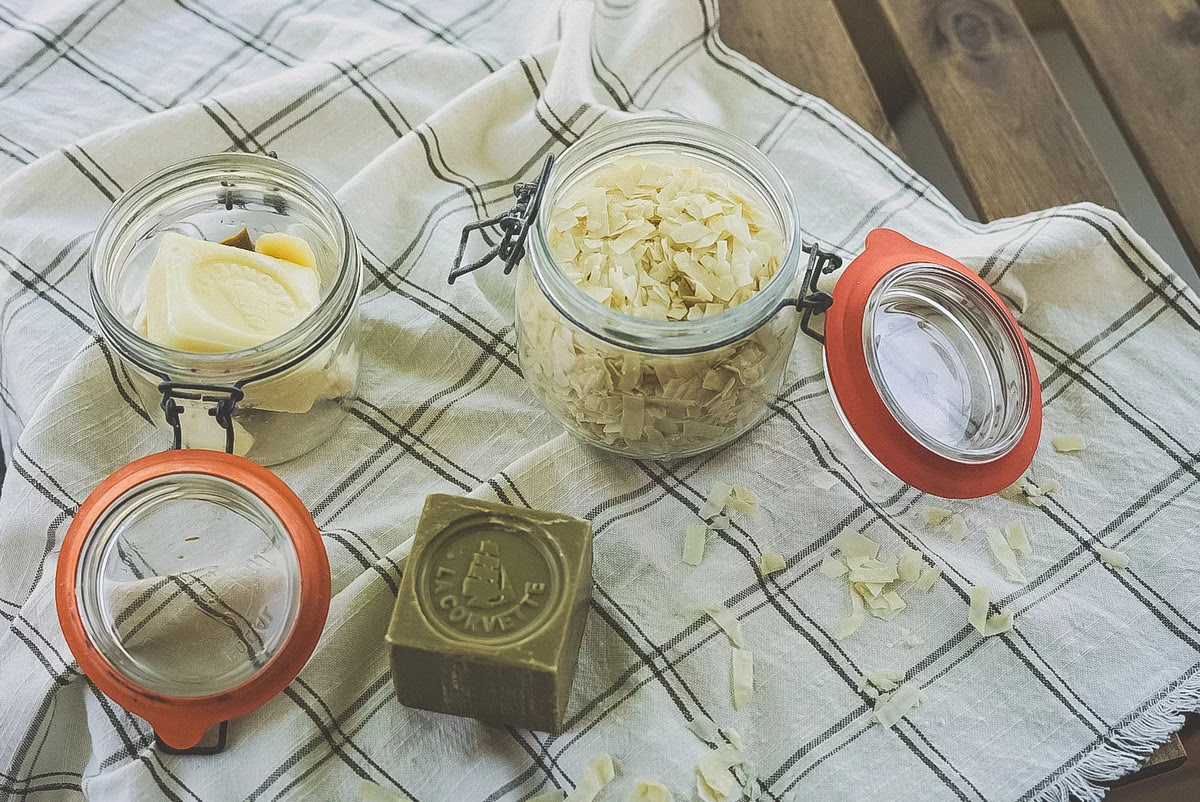
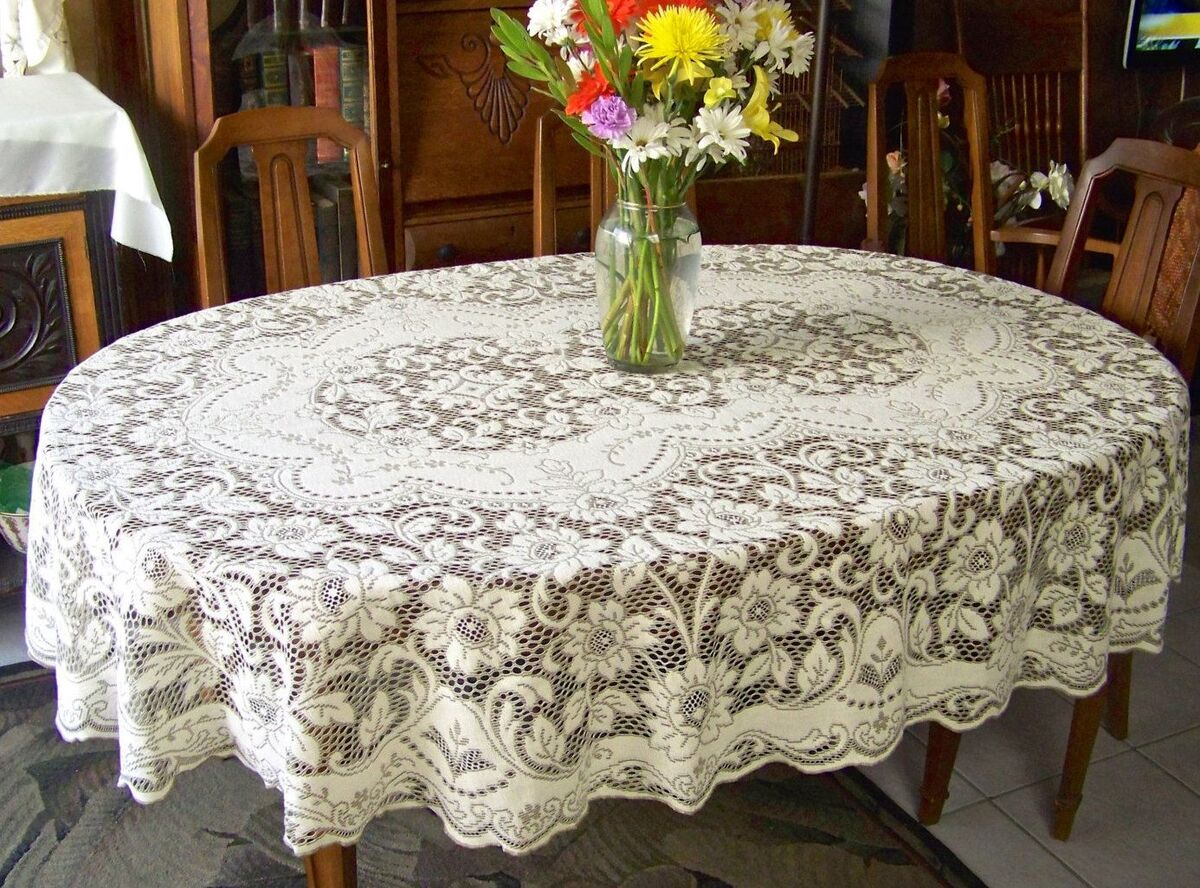
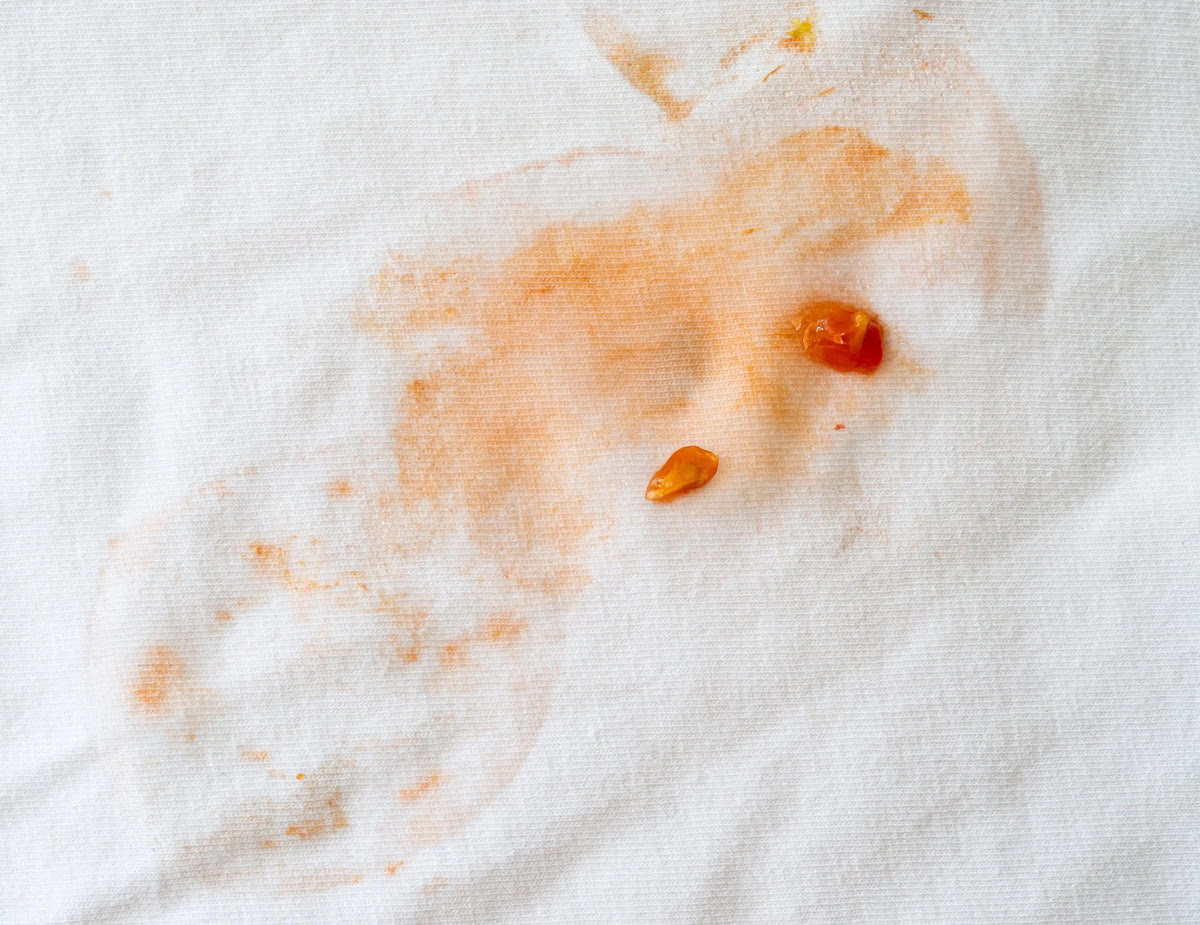
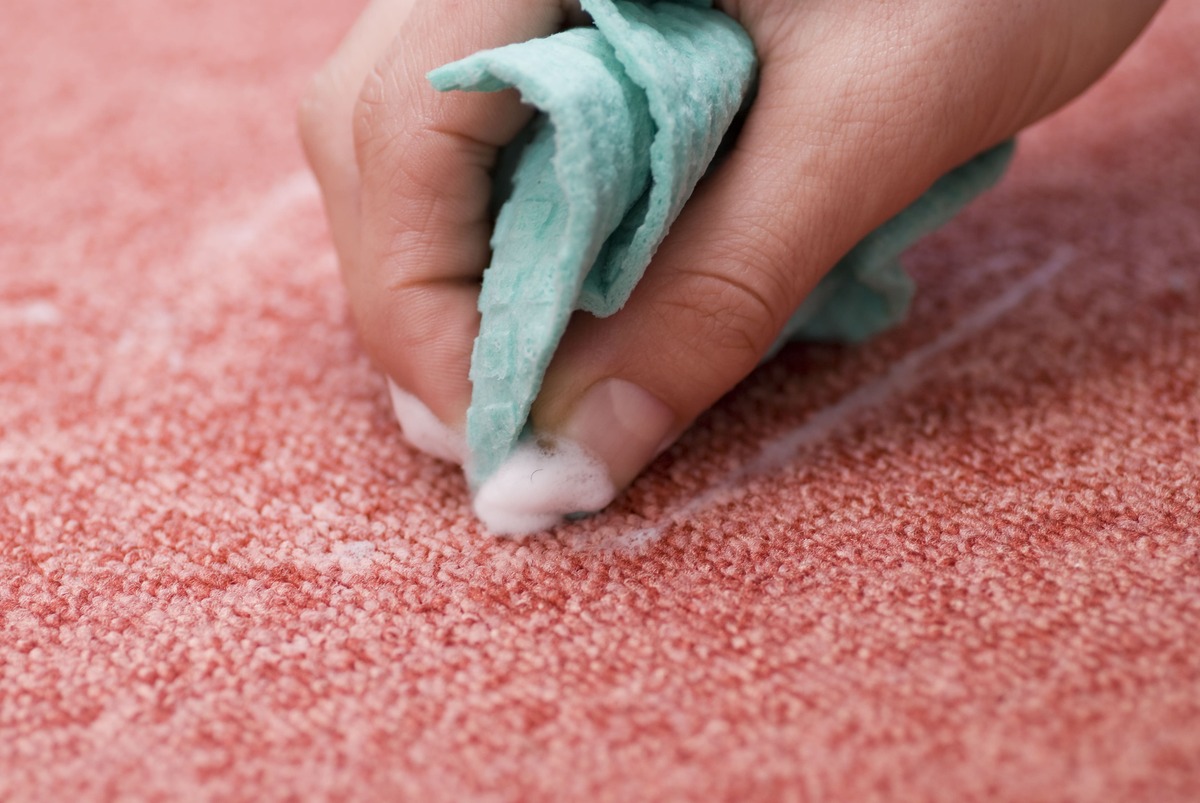

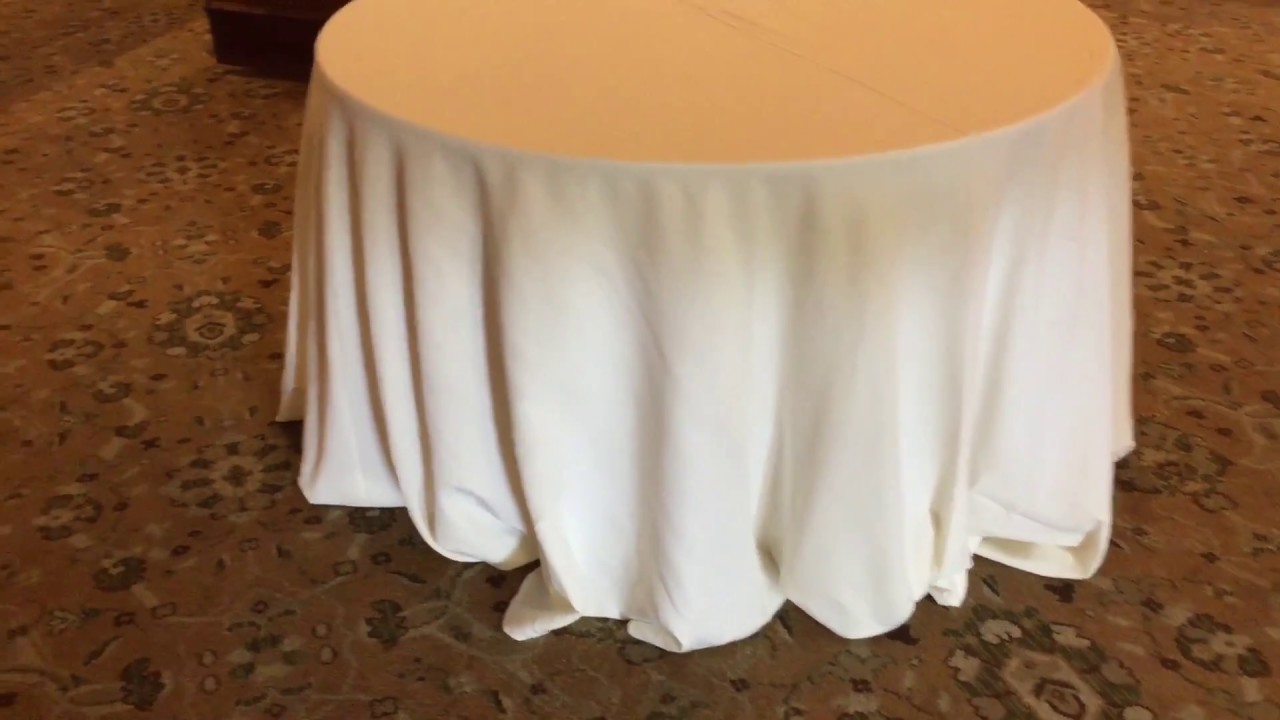
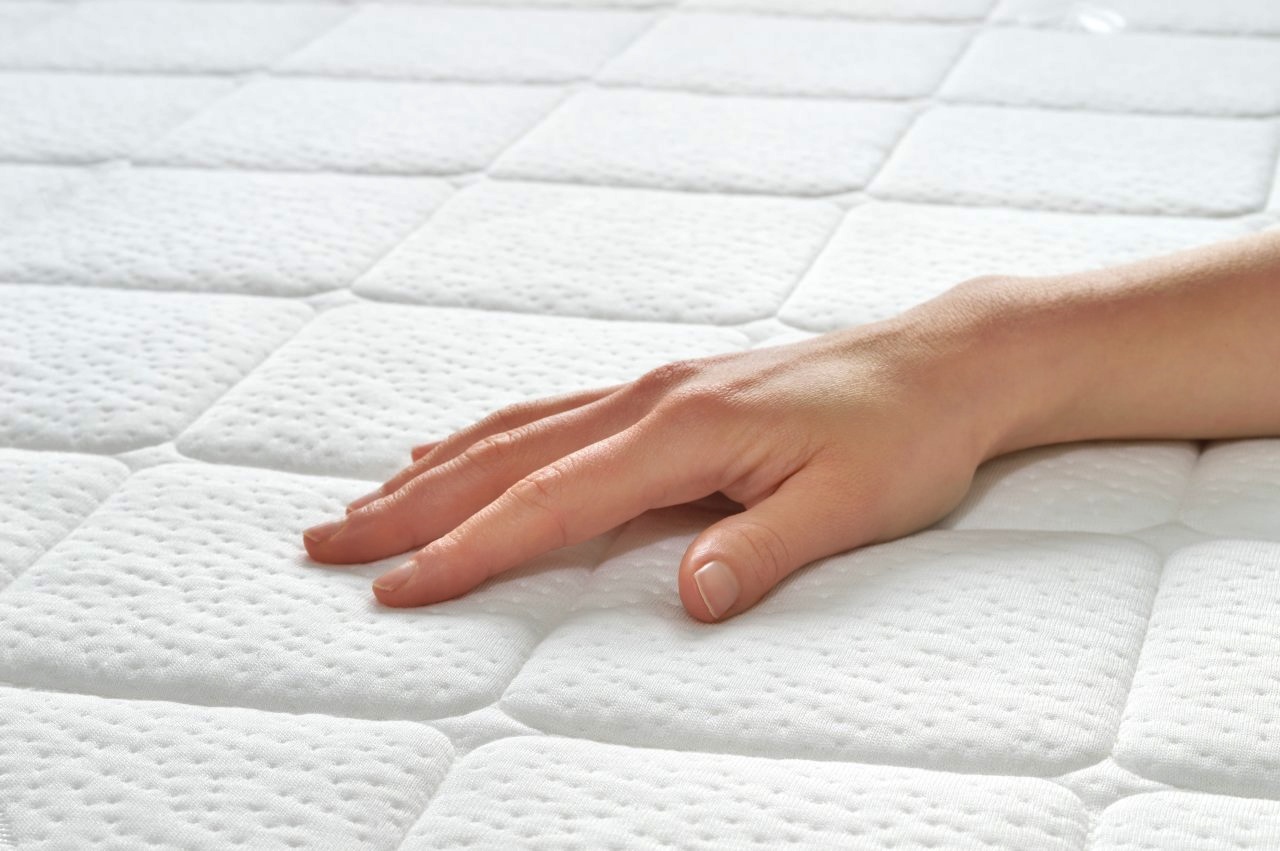
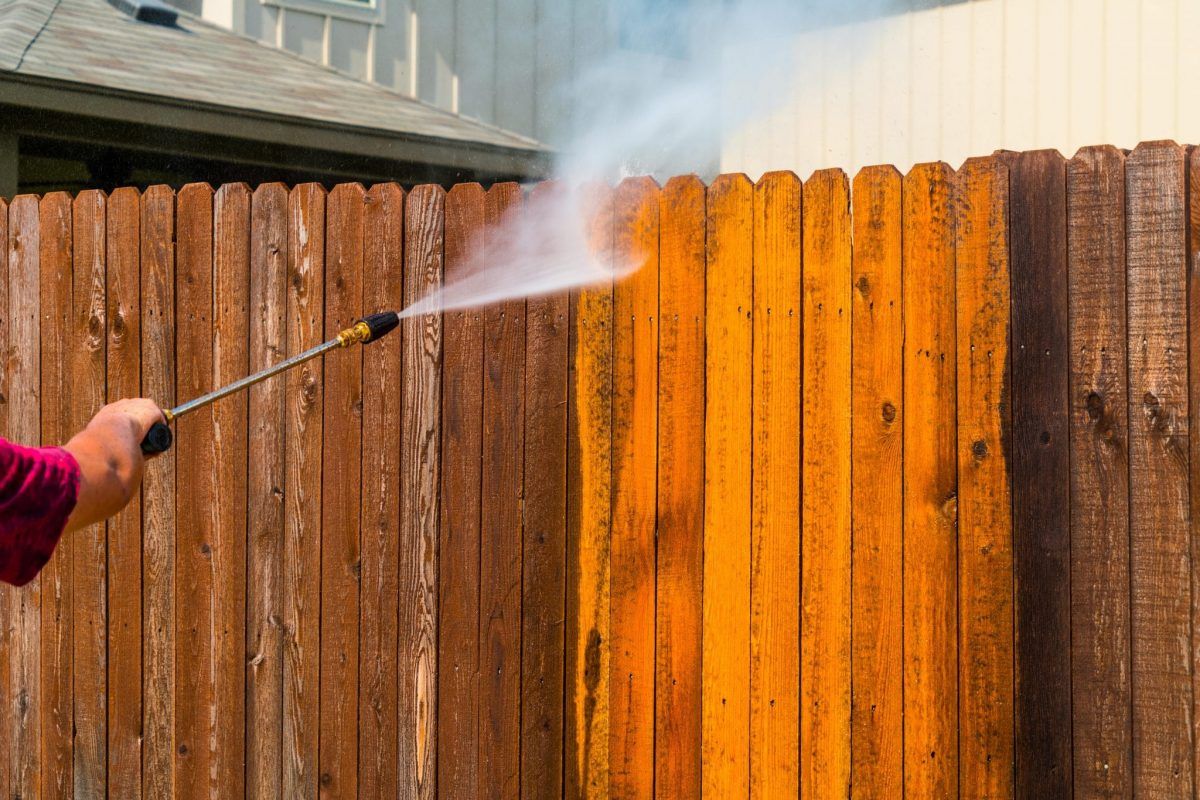
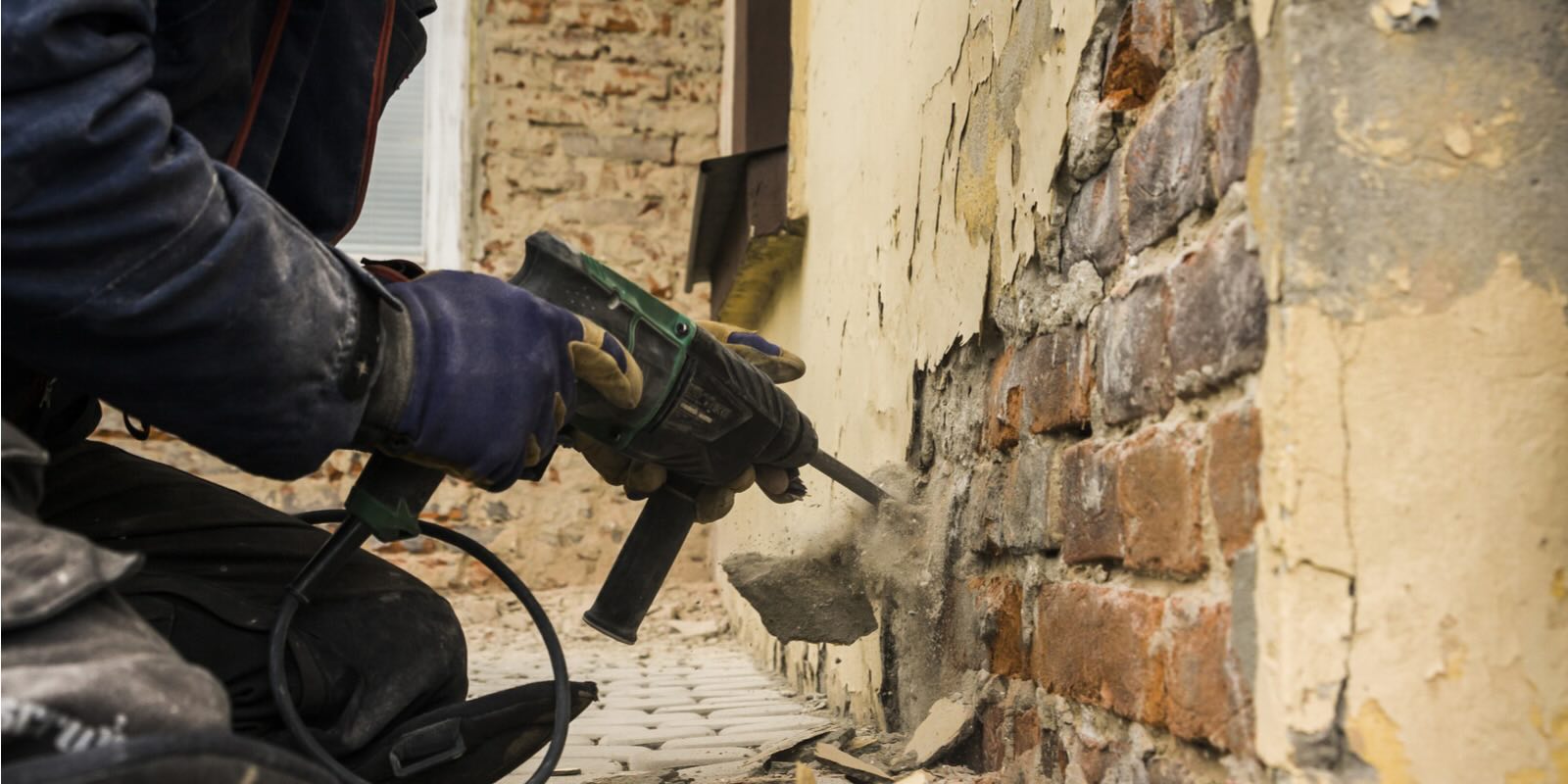
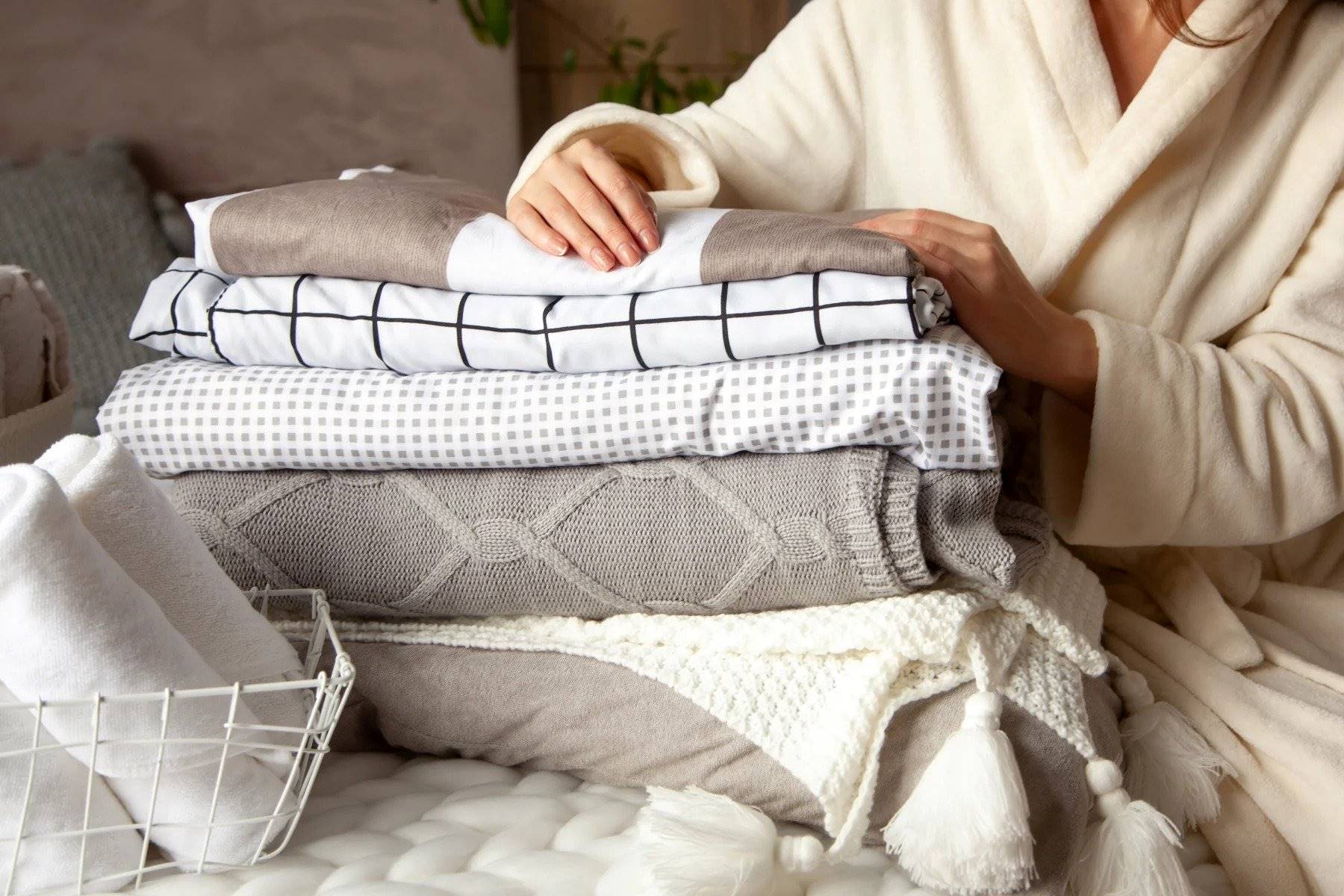
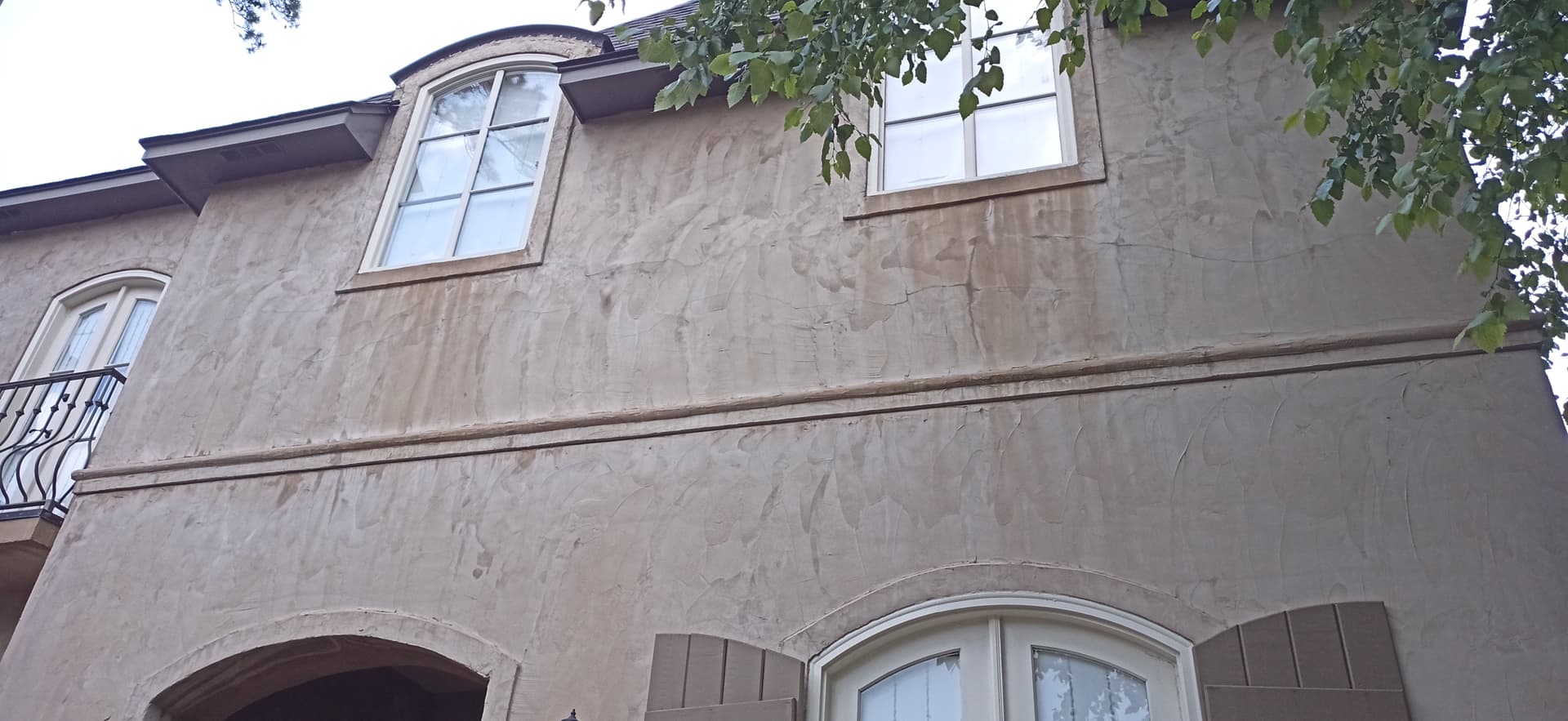
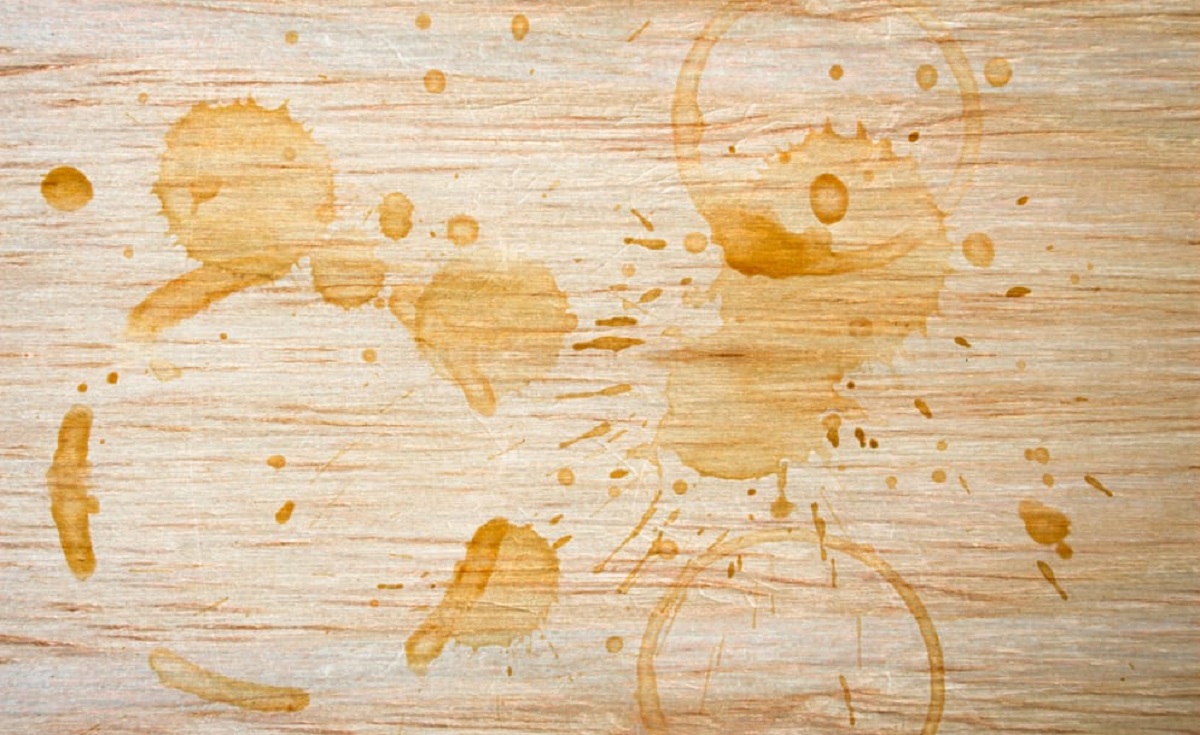
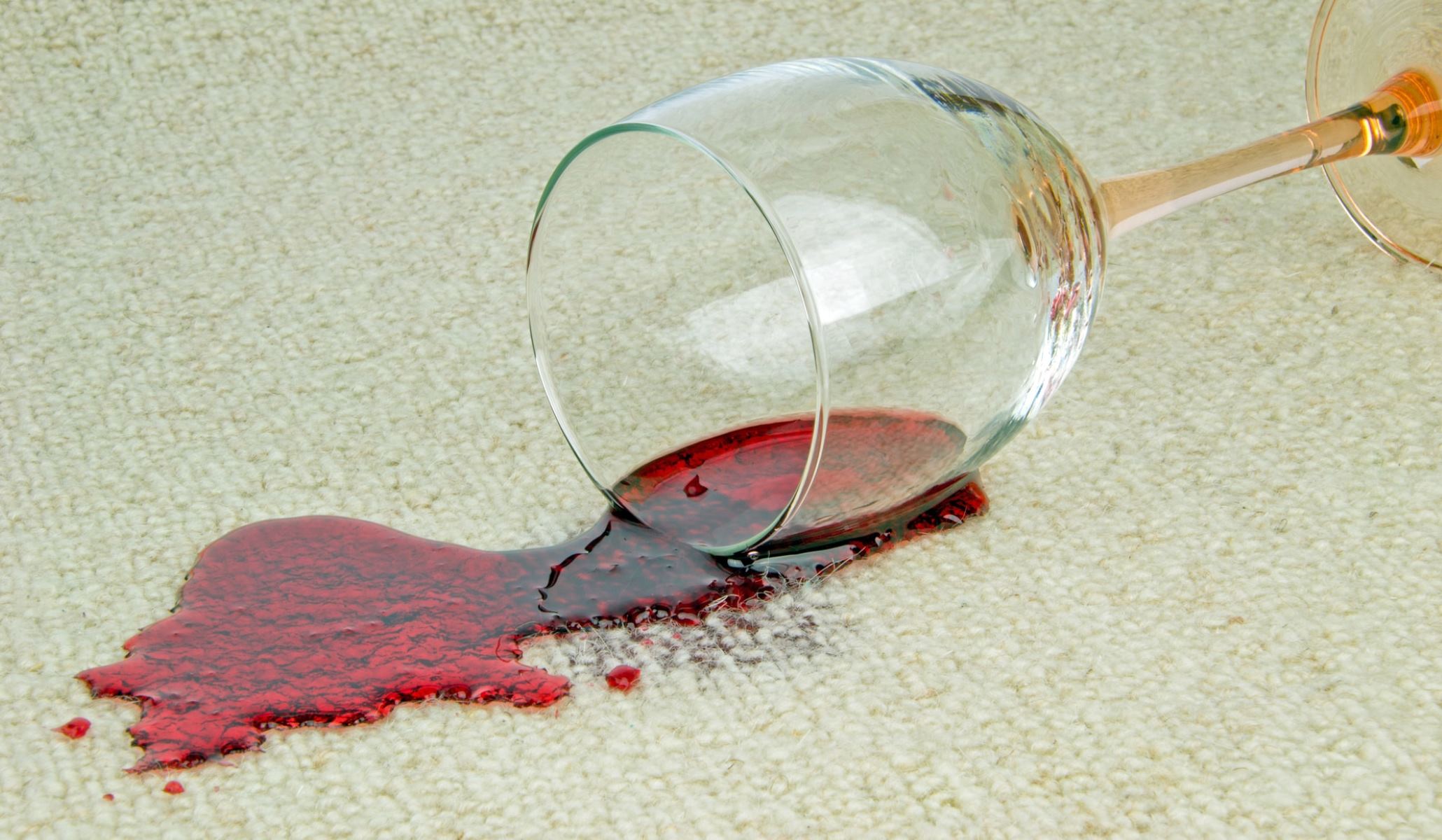
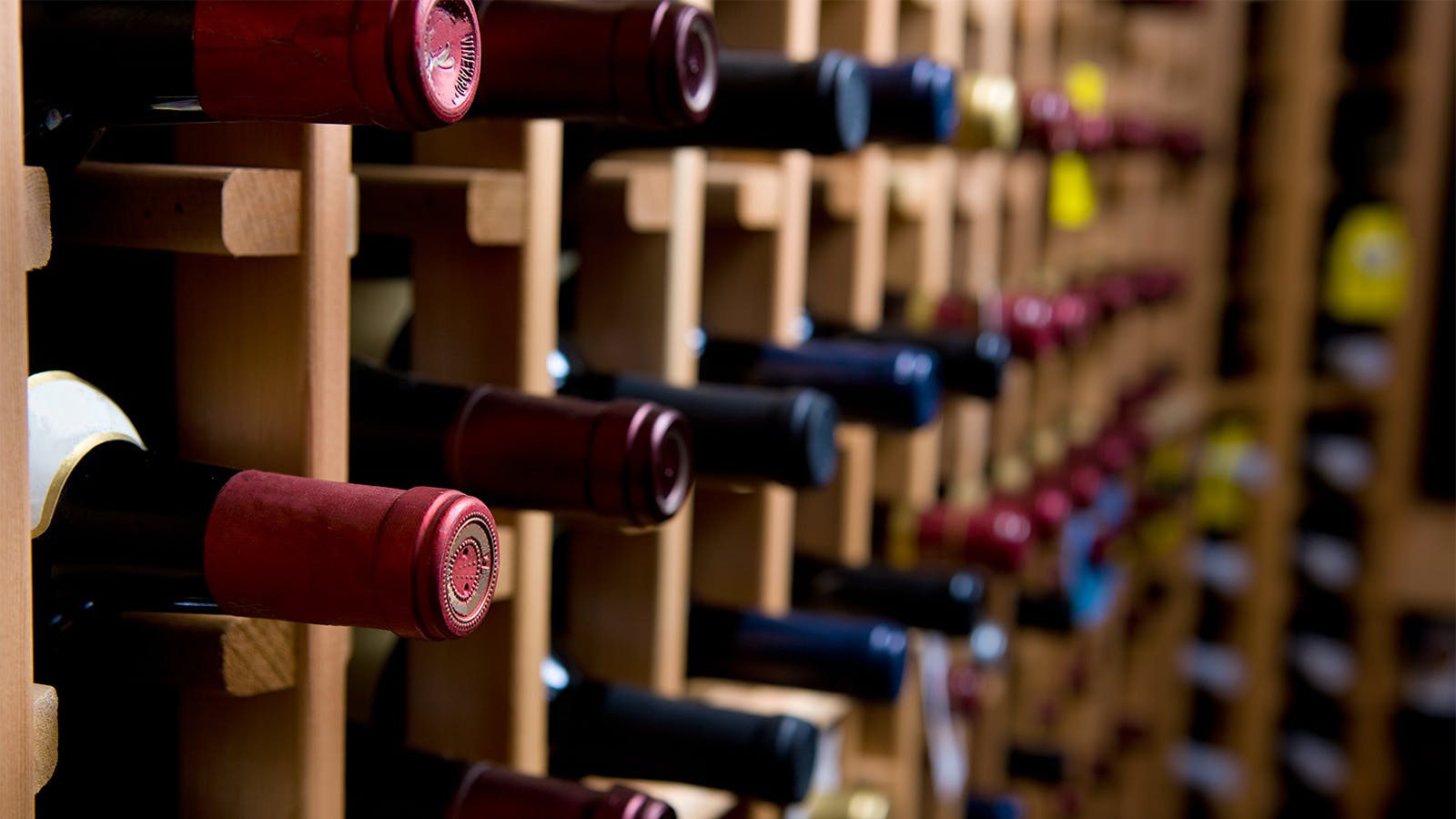

0 thoughts on “How To Remove Red Wine Stains From A Tablecloth”